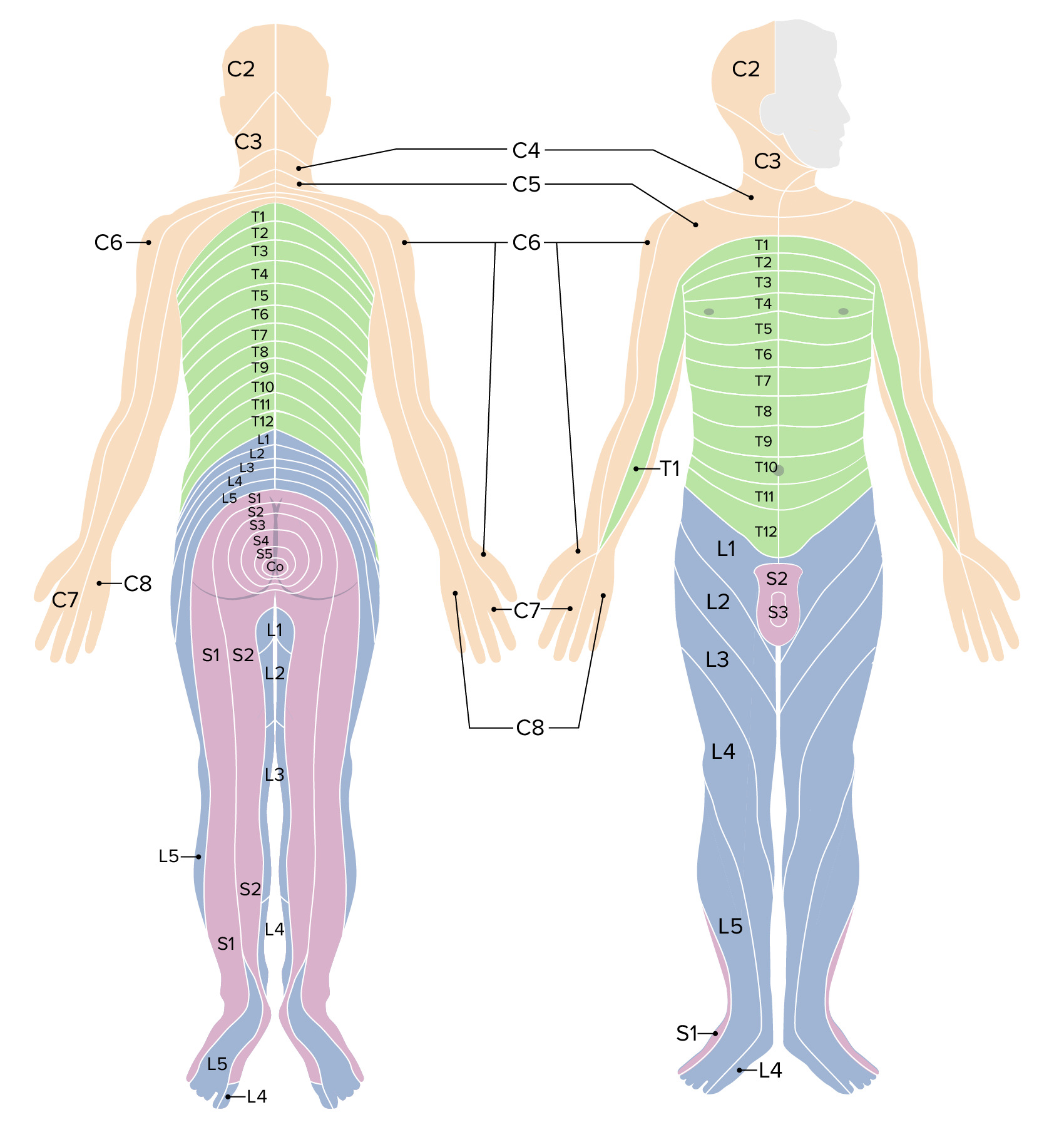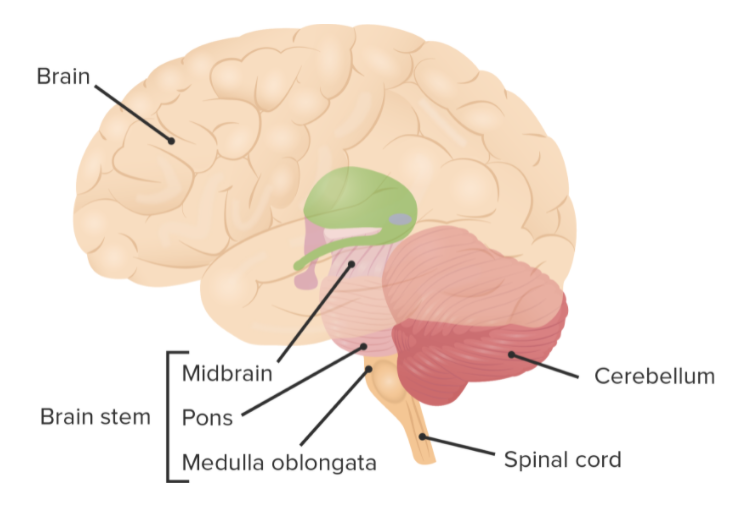Playlist
Show Playlist
Hide Playlist
Dorsal Root Ganglion
-
Slides 11 Types of Tissues Meyer.pdf
-
Reference List Histology.pdf
-
Download Lecture Overview
00:01 Now when you look at ganglia, it is important you understand how to differentiate from a dorsal root ganglia and another type of ganglia we will see in a moment. This is the dorsal root ganglion and what you see there are cell bodies, somas of the sensory neuron. They are large because as I have explained before. 00:29 Their axons project a long way to the periphery and often a long way into the central nervous system. I had showed you the reflex site but of course when you prick your finger, you do not just move your finger away very quickly because of the reflex act, you remember it. 00:48 You feel the pain and that is because that sensory neuron also communicates with other neurons in the spinal cord and above in the in the brain. So it is a large cell. 01:01 It has got a large length of axon to maintain. Now what you see wrapped around these ganglion cells are other small cells. These are called satellite cells. And recall that these ganglion cells, these sensory neurons do not have a dendritic tree. They just a bipolar or a pseudounipolar type arrangement, coming out and forming the two axonal branches. So when you look at sections of the dorsal root ganglion or sensory ganglion, you often see satellite cells clustered nicely around each of these sensory neuron cell bodies because they can fit nicely around and support these ganglion cells. Later on, we will see that the ganglia associated with the autonomic motor nerves do not have satellite cells wrapped all the way around them because of the dendritic trees that prevent that from happening. And the big blob of material in the middle of this section are the axons of the sensory neurons.
About the Lecture
The lecture Dorsal Root Ganglion by Geoffrey Meyer, PhD is from the course Nerve Tissue.
Included Quiz Questions
What is the name of a bundle of nerve cell bodies located within the posterior region of various vertebrae adjacent to the dorsal nerve root?
- Dorsal root ganglion
- Parasympathetic ganglion
- Sympathetic ganglion
- Anterior horn
- Dorsal horn
Customer reviews
5,0 of 5 stars
| 5 Stars |
|
5 |
| 4 Stars |
|
0 |
| 3 Stars |
|
0 |
| 2 Stars |
|
0 |
| 1 Star |
|
0 |





